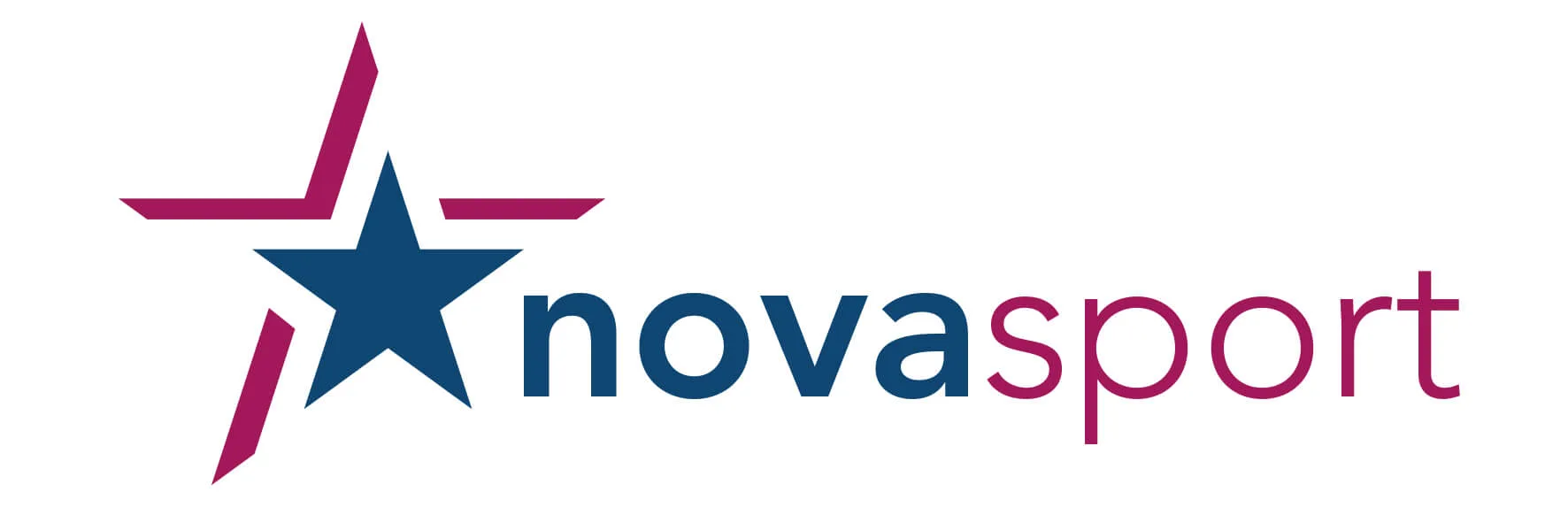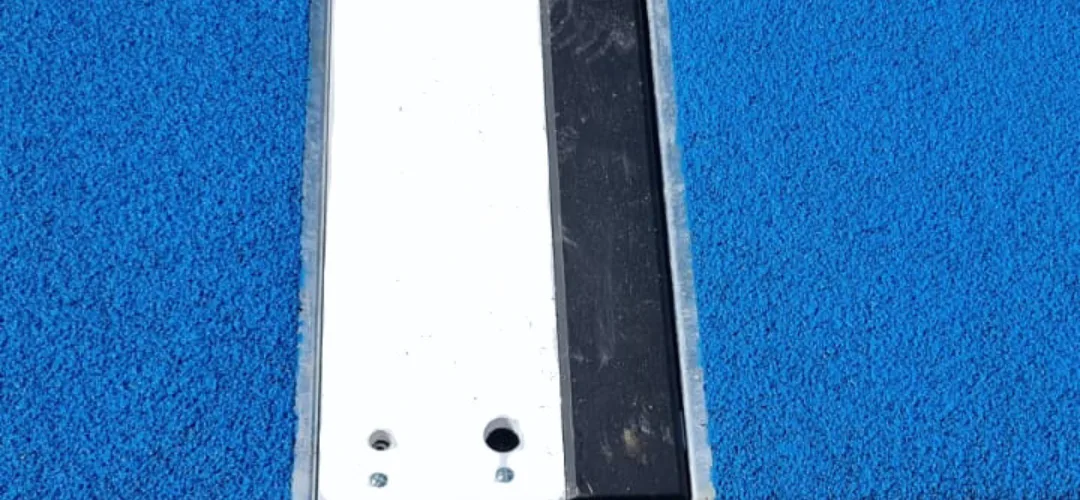Athletics is one of the foundations of school and community sport. Events like the long jump, triple jump, and high jump develop strength, speed, and coordination, while offering pupils and young athletes a chance to try something new outside of traditional team games. To make these events safe and enjoyable, the right surfacing is essential.
The most reliable surfacing for school and community jumping events is polymeric surfacing, usually Type 3 or Type 4. It offers excellent grip, resilience in all weather, and long-term durability, making it well-suited to long jump and triple jump run-ups. For high jump, a polymeric run-up combined with a foam crash mat landing zone is recommended to meet safety standards and reduce the risk of injury. With regular care, these facilities can remain in use for many years
Choosing the correct materials isn’t only about meeting regulations. It influences performance, confidence, and how long facilities last before needing replacement. For schools, councils, and athletics clubs, selecting specialist surfacing is an investment that pays dividends in participation and safety.
Why the Right Surface Matters
Jumping events place a unique strain on surfaces. Runners accelerate hard down the approach, push off with force, and land heavily. Without the right surfacing, the area wears quickly, becomes unsafe in poor weather, or fails to give athletes the stability they need.
Specialist surfacing provides:
- Consistent grip for take-offs and landings.
- Shock absorption to reduce injury risk.
- Weather resistance so facilities can be used year-round.
- Durability to withstand repeated, high-impact use.
For schools, it means pupils can practise safely during PE lessons. For councils, it ensures community facilities remain in good condition for longer.
Standards to Consider
Although not every school requires competition-level facilities, it’s important that surfacing is designed in line with recognised guidance. British Standards (BS EN) and International Association of Athletics Federations (IAAF) recommendations outline dimensions, surfacing types, and safety expectations. Aligning with these ensures facilities are safe and future-proof, even if only used for training.
Long Jump Surfaces
The long jump is often the first jumping event introduced to children. The key requirement is a reliable run-up leading to the sand pit.
Popular options include:
- Polymeric Sports Surfacing (Type 3 or 4): Hard-wearing, weather-resistant, and designed for grip. These are the most common school and community solutions.
- Synthetic turf Surfacing
Play grass surfacing offers a soft, natural look that is safe and inviting for everyday playground use.
3G sports grass provides a durable surface for football and rugby, delivering consistent performance for training and matches.
Both surfacing options are low-maintenance and can be used throughout the year.
- Sand pit edging: Safety is improved by smooth edges and proper drainage, keeping the area safe and clean.
Triple Jump Surfaces
The triple jump demands more from the run-up than the long jump. With three consecutive phases, hop, step, and jump, the surface must cope with repeated impact.
- Polymeric surfaces: The most suitable option for schools and clubs, offering durability and grip.
- Extended approaches: Longer run-ups allow progression for older pupils and aspiring athletes.
- Weatherproof finishes: A must for outdoor facilities, ensuring safe use throughout the year.
High Jump Surfaces
The high jump combines a fast approach with a sudden vertical take-off and landing.
- Run-up zones: Polymeric surfacing works best, delivering consistency underfoot.
- Landing areas: Foam crash mats are standard, but the surrounding area should also be surfaced safely.
- Drainage: Good drainage keeps surfaces usable, even in wet conditions.
Benefits of Specialist Athletics Surfacing
Schools, councils, and clubs choosing specialist surfaces gain several long-term advantages:
- Safer environments that reduce the risk of slips and falls.
- Surfaces that meet educational and sporting standards.
- Facilities that remain accessible in all weather.
- Lower long-term maintenance costs thanks to durable construction.
Maintenance and Care
Even the best surfaces need regular care. Schools and councils should:
- Clean run-up areas to remove debris.
- Inspect for cracks, lifting edges, or drainage problems.
- Resurface high-impact zones, such as take-off boards, when needed.
Routine maintenance ensures facilities stay safe and extend their lifespan, often well beyond ten years.
The long jump, triple jump, and high jump are exciting events that add variety and challenge to athletics programmes. With the right surfacing, they become safe, durable, and enjoyable activities for pupils and the wider community.
Nova Sport works with schools, councils, and sports clubs to design and install high-quality athletics surfacing. To explore options for your site, contact our team today for expert advice and a free consultation.
FAQs on Athletics Surfacing
What is the best surface for a long jump run-up?
Polymeric Type 3 or 4 surfaces are most widely used, offering grip, durability, and all-weather reliability.
How long does a long jump or triple jump surface last?
With regular maintenance, run-up surfacing can last 10–15 years. Lifespan depends on use and care.
Do schools need competition-standard surfaces?
Not necessarily. Training-standard facilities are often more practical for schools, though still designed to meet safety guidance.
Can athletics surfacing be installed in small spaces?
Yes. Facilities can be scaled to fit available space while still supporting safe participation and skill development.
What is the best surfacing for a high jump approach?
Polymeric surfacing is recommended, as it provides consistent footing and slip resistance.

